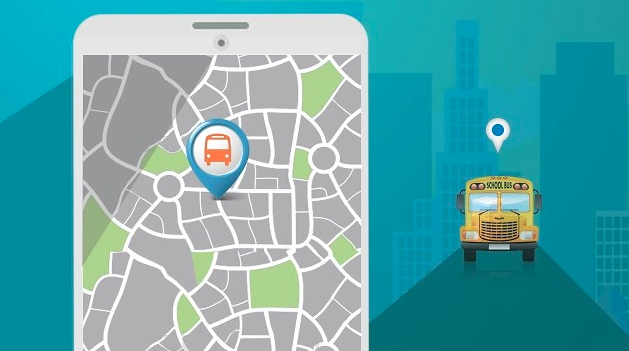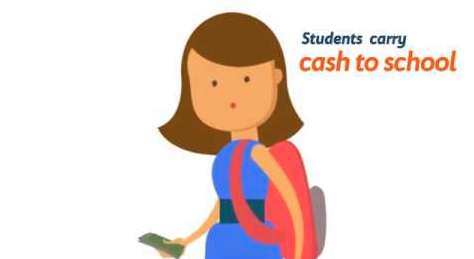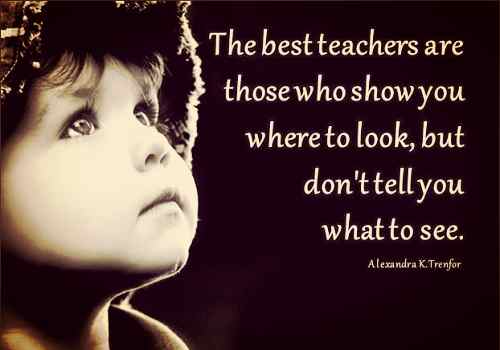Categories(658 Blogs)
Select Category
Watch Right Now
Teacher App - Class
Schedule & Attendance Management App
Parent App from Edsys

Best School Bus Tracking System

Cashless School - For Smart Schools of Tomorrow


A Guide to the Latest Changes Made in EYFS

Almost all pre-schools in UK have adopted the EYFS curriculum. And the progress that has been observed in children in their early years who belong to those nurseries or schools that follow EYFS is praise worthy.
In September 2014, the Department of Education had released the latest version of the EYFS. Main changes have been brought to the Safeguarding and Welfare Requirements, where requirements of several policies have been removed. However, the learning and development aspects have not undergone any large changes.
Here are the latest changes that have been made:
General
Throughout the new version of EYFS, there are several references to childminder agencies. It says that the child minders registered with the agency are supposed to provide staff information to the agency and also, the agency is responsible to check whether the child minders are appropriate for the job
Learning and development requirements
- Wraparound and holiday providers should be guided using learning and development requirements and look forward to carry out learning in settings in which children can spend more time has been removed from EYFS
- However, the Characteristics of Effective Learning continue to exist
- A sentence about providers looking after the training and development needs of every staff on a continuous manner has been moved to the Safeguarding and Welfare Requirements section
- The Early Learning Goals remain unchanged
Assessment
- Progress Check at Two which states that ‘Practitioners must discuss with parents and/or careers how the summary of development can be used to support learning at home’ has been removed.
- Reference to information sharing with a teacher (in case a child moves to school-based facilities at the age of three years) has been changed to the staff of any facility the child may transfer to.
- The necessity to do Progress Check up to date to add into the Healthy Child Health and Development Review has been made less strict
- The EYFS Profile has still been made compulsory
Safeguarding and Welfare Requirements
- The responsibilities of providers listed under the Safeguarding Vulnerable Groups Act 2006 has been elaborated ad to say that the providers to make referral to the Disclosure and Barring Service where a staff member is dismissed because they caused harm to a child or put a child in risk of harm
- The ‘Disqualification’ section has been further improved to give a clear idea of the aspects of disqualification or living with a disqualified person
Staff qualifications, training, support and skills
- References to giving local authority training and in first aid to child minders have been removed
- Staff having an Early Years Educator qualification should have English and Math GCSEs at grade C or above in order to count in ratios
- References to ensure staff appraisals and supporting staff to enhance qualification levels have been removed
Staff: Child Ratios
- Staff working apprentices can now be counted in ratios from age of 16 years
- When graduates are working at a ratio of 1:13, the reference to ‘full and relevant level 6 qualification’ has changed to a ‘suitable’ one
- A new footnote says that the teacher(or equivalent) is expected to work with the children for most of the time when 1:13 staff: child ratio is applied
Before/after school care and holiday provision
A new paragraph in this section refers that the regulations for the providers in terms of ratios, qualification and learning development has been made less strict. Where is said before that ‘sufficient staff as for a class of 30 children’ has been changed to ‘for providers to determines how many staff are needed… and to determine what qualifications, if any, the manager and/or staff should have.’
Managing Behaviour
The need to have a behaviour management policy and a named practitioner responsible has been removed and it at present, it says’, providers are responsible for managing children’s behaviour in an appropriate way’
Safety and suitability of premises, environment and equipment
- The paragraph that says about premises having to be fit for purpose has been cut down, with requirements for a health and safety policy removed
- The need for a no smoking policy has been removed
- Reference of Equality Act 2010 has been removed while the requirement to ensure that ‘facilities, equipment and access to the premises are suitable for children with disabilities’ have been removed
- Reference to providing facilities for children who want to relax, play quietly or sleep with the right kind of furniture has been removed
- The need for a risk assessment policy where all important steps to ensure that the staff and the children they take care of are not exposed to any kind of risks has been taken off
- The need of getting written permission from parents to take the children on outings have been removed
Special educational needs
- This section has been changed from ‘equal opportunities.’ The requirement of a policy to provide equal opportunities to all students and explains how inappropriate attitudes and practices will be prevented while encouraging the children to give value and respect to others, has been removed.
- Also, maintained nursery schools should have a SENCO while others are supposed to ‘identify a SENCO.’
Recent Blogs
Our Educational Services
Popular Blogs
Subscribe

SUBSCRIBE TO OUR NEWSLETTER
Sign Up and Recieve the Latest News
Don’t Worry, We Don’t SpamExplore Our Extensive Researched Educational App Directory
Visit Now














